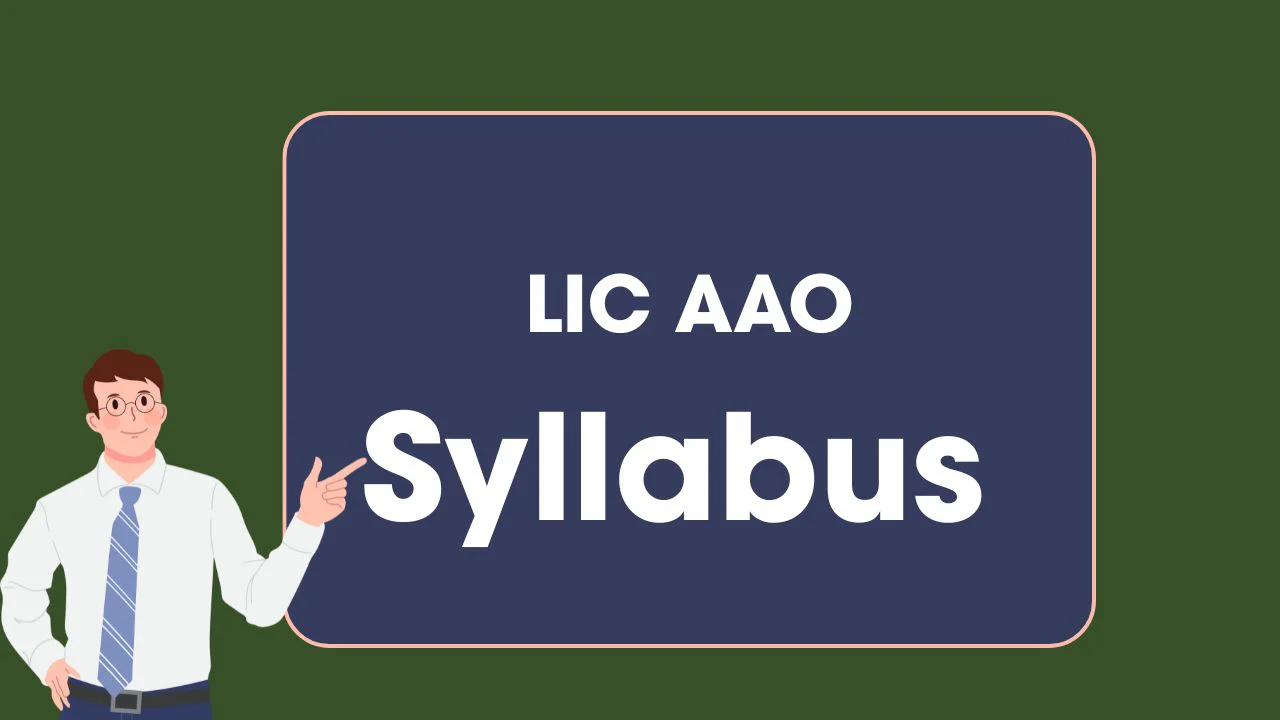CBSE 4th Class Mathematics Syllabus is provided here for academic session 2021-22. CBSE 4th Maths Test Book also can be downloaded from here. The Revised/ New Syllabus is mentioned in below Table. CBSE Class IV Maths is a Compulsory subject. The NCERT Provides the textbook in pdf format.
CBSE Class 4 Mathematics Syllabus
| Geometry | 16 Hours |
| SHAPES & SPATIAL UNDERSTANDING Draws a circle free hand and with compass. Identifies centre, radius and diameter of a circle. Uses Tangrams to create different shapes. Tiles geometrical shapes: using one or two shapes. Chooses a tile among a given number of tiles that can tile a given region both intuitively and experimentally. Explores intuitively the area and perimeter of simple shapes. Makes 4-faced, 5-faced and 6- faced cubes from given nets especially designed for the same. Explores intuitively the reflections through inkblots, paper cutting and paper folding. Reads and draws 3-D objects, making use of the familiarity with the conventions used in this. Draws intuitively the plan, elevation and side view of simple objects. | |
| Numbers | 40 Hours |
NUMBERS AND OPERATIONS
| |
| MENTAL ARITHMETIC | Adds and subtracts multiples of 10 and 100, mentally. Completes multiplication facts by adding partial products, mentally (e.g. 7 × 6 = 5 × 6 + 2 × 6). FRACTIONAL NUMBERS |
| Money | 5 Hours |
| Converts Rupees to Paise. Adds and subtracts amounts using column addition and subtraction with regrouping. Uses operations to find totals, change, multiple costs and unit cost. Estimates roughly the totals and total cost. | |
| Measurement | 21 Hours |
| LENGTH Relates metre with centimetre; Converts metre into centimetres and vice versa. Solves problems involving length and distances. Estimates length of an object and distance between two given locations. WEIGHT Weighs objects using a balance and standard units. Determines sums and differences of weights. Estimates the weight of an object and verifies using a balance. VOLUME Measures volumes of given liquid using containers marked with standard units. Determines sums and differences of volumes. Estimates the volume of a liquid contained in a vessel and verifies by measuring. TIME Computes the number of weeks in a year. Correlates the number of days in a year with the number of days in each month. Justifies the reason for the need of a leap year. Reads clock time to the nearest hours and minutes. Expresses time, using the terms, ‘a.m.’ and ‘p.m.’ Estimates the duration of familiar events. Finds approximate time elapsed | |
| Data Handling | 6 Hours |
| |
| Patterns | 6 Hours |
| |










